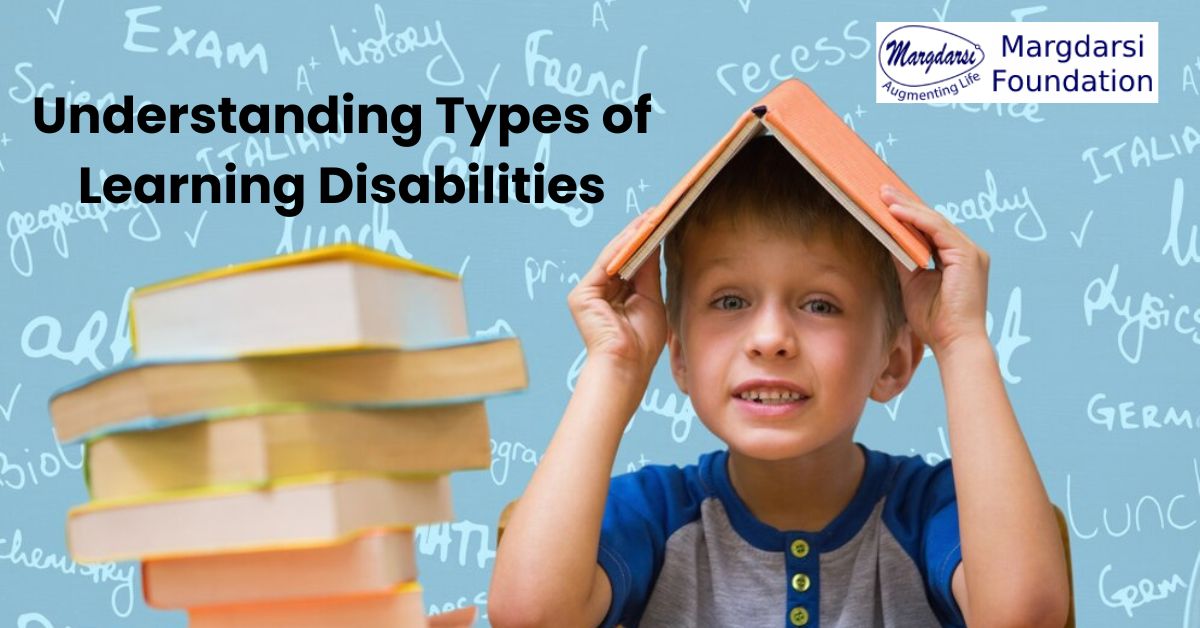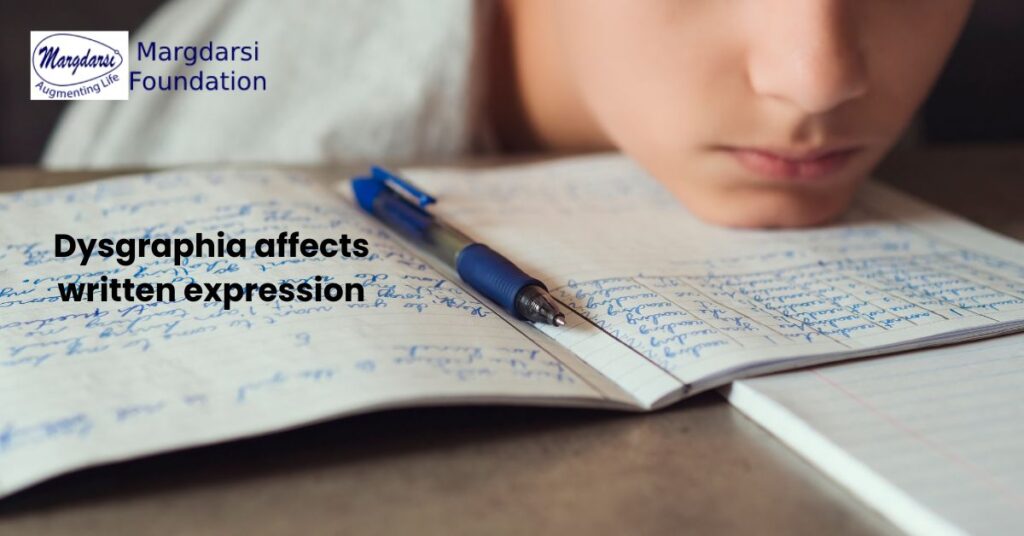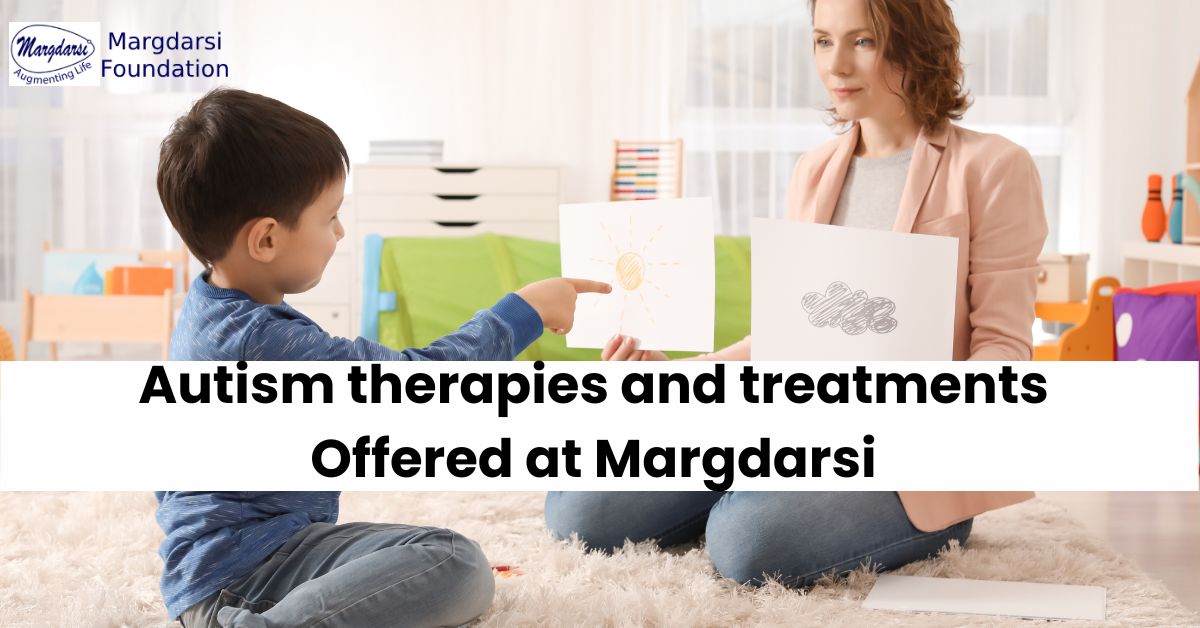
Understanding Types of Learning Disabilities: Recognizing Differences
admin
- 0
Understanding Types of Learning Disabilities: Recognizing Differences in Your Child
Learning disabilities (LD) are differences in the way the brain processes information. They are not a reflection of intelligence, but rather indicate a unique way of learning. Recognizing the different types of Learning Disabilities can be the first step towards helping your child thrive.
Common Types of Learning Disabilities
-
Dyslexia: This is the most common learning disability, affecting reading fluency and comprehension. Children with dyslexia might struggle with decoding words, understanding sounds, or following a line of text.
-
Dysgraphia: This disability affects written expression. Children with Dysgraphia might have trouble forming letters, organizing their thoughts on paper, or spelling accurately.

-
Dyscalculia: Math becomes a hurdle for children with dyscalculia. They might struggle with understanding numbers, symbols, or basic calculations.
Remember, these are just a few examples, and identifying learning challenges is like solving a puzzle – each brain is unique! But the good news is Educational Strategies For Various Learning Disabilities
Free Download: A Parent’s Guide to Learning Disabilities
Learning disabilities can also manifest in other ways, including:
- Auditory Processing Disorder (APD): Difficulty understanding spoken language, especially in noisy environments.
- Language Processing Disorder (LPD): Challenges with expressing thoughts and understanding complex language.
It’s important to remember that learning disabilities can vary greatly from child to child.
Some children might have difficulty in just one area, while others might experience challenges across multiple areas. Early identification and intervention are crucial for helping children with learning disabilities reach their full potential.
Frequently Asked Questions(FAQs)
What are the signs of a learning disability?
There are many signs, but some common ones include difficulty reading, writing, or math, problems following directions, and trouble staying organized.
How are learning disabilities diagnosed?
A diagnosis typically involves a combination of assessments by a psychologist, educational specialist, or pediatrician.
How can I help my child with a learning disability?
There are many support strategies available, such as specialized tutoring, assistive technology, and classroom accommodations.
Are there resources available in India for children with learning disabilities?
Yes, there are several organizations that provide support and resources for children with learning disabilities in India. You can find a list of resources online or by contacting your child’s school.
What is the long-term outlook for children with learning disabilities?
With proper support, children with learning disabilities can achieve success in school and beyond. Many individuals with learning disabilities have gone on to lead fulfilling lives and careers.


